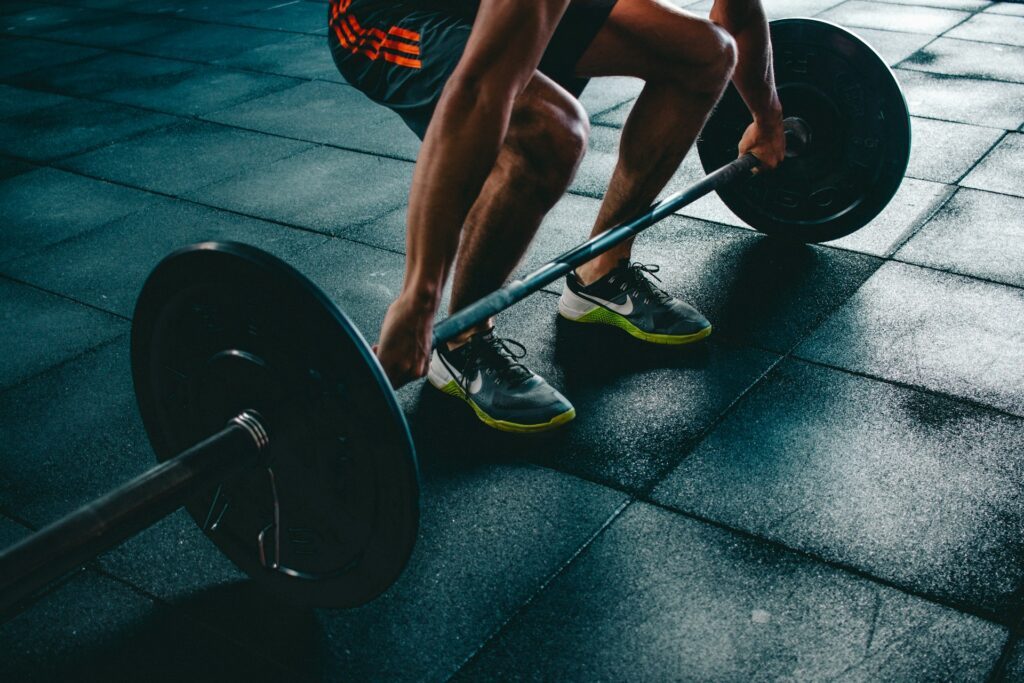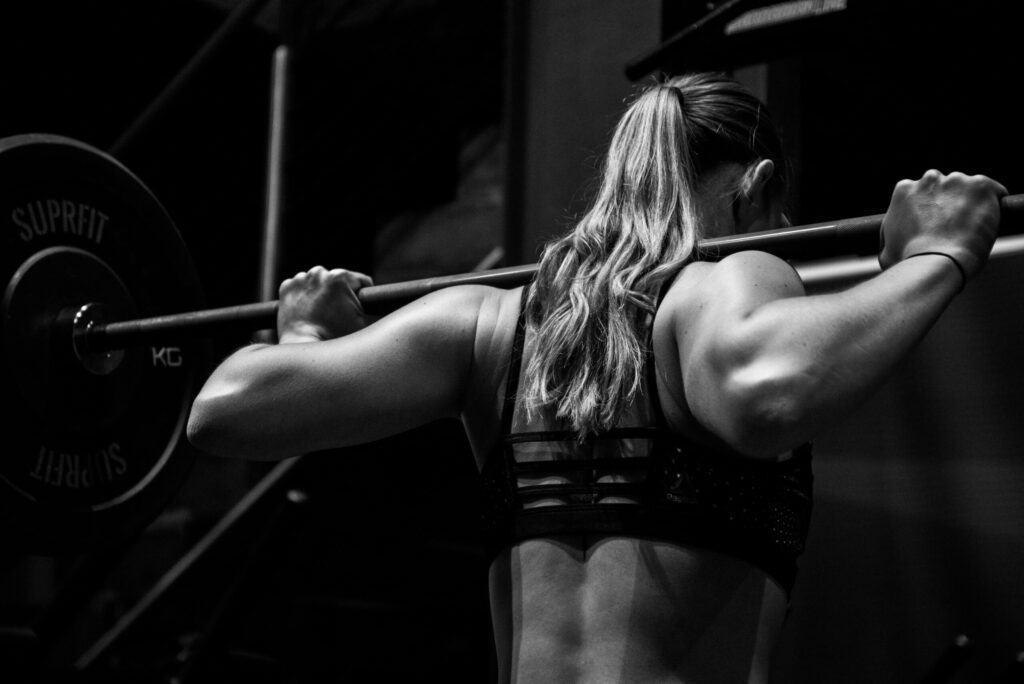If you have done even the smallest bit of exploration into the fitness industry you likely would have heard phrases such as “build lean muscle” or “build muscle and stay lean”. It’s quite an attractive prospect and one that would certainly grab anyone’s attention. After all, it is appealing to gain muscle and stay lean right? It is also appealing to have a lean muscle rather than just muscle.
The reality is that for people who don’t have the A1 genetics or are not using performance-enhancing 3 Point supplements. (PED’s), it’s likely not the best use of your time to try and gain muscle but stay lean.
Let’s dive in.
Firstly we will clarify that there are 3 types of muscle within the human body. Skeletal (which we are concerned about here), cardiac muscle and smooth muscle. Now what you don’t see on this list is ‘lean’ muscle. Further, if there was such a thing lean muscle does that means there is also ‘fat’ muscle? In both cases the answer is no. Muscle is muscle, it’s not lean nor is it fat. People will certainly develop different muscle shapes and sizes largely dependent on genetics, training experience and things like insertion points but what people don’t have is ‘lean’ muscle. We all just have regular old muscle.
What people are actually referring to is just having muscle and very little fat covering that muscle, giving you a lean appearance. If a lean person who looked ripped and defined began to gain fat, they are not going from ‘lean’ muscle to ‘fat’ muscle. They are simply just gaining fat on top of the same muscle they already had. Being lean is a look. Your muscles aren’t lean, you are lean. You have muscle and you have a low body fat percentage over the muscle.
Building muscle and staying lean or getting leaner occurs best in 3 different scenarios:
· You’re brand new to the gym
· You take PED’s
· You’re returning to the gym after an extended break i.e 6 months
We all know that your first 6-12 months of resistance training produced unbelieve results. You would have likely noticed changes in your body almost weekly and just looking at a barbell seemed to add muscle to your frame. Whilst I’m not doubting you put in the hard work, the payoff you get from simply eating well and training hard during this point of your lifting career is far great than what was to come. Now you’re a few years into training and results have slowed dramatically. How do you keep adding muscle whilst maintaining a low body fat percentage?
First, we will first lay down the basics of what it takes for each of gaining muscle and losing fat.
To optimally build muscle, you need to give your body the resources to do so. Just like if you want to turn a single story house into a two story house, you need more material to make this happen. That material your body needs for optimal rates of growth is food. Now, it is possible to gain muscle eating at maintenance but the rate at which you gain will be a lot slower. Especially as you become more advanced in your training, these gains will become relatively insignificant. Spending a decent time in a surplus will likely mean your recovery ceiling is higher, meaning you can afford higher doses of stimulative volumes and intensities. This probably correlates to more muscle growth compared to a slightly lower recovery ceiling we would have eating at maintenance.
Spending extended periods of time in a surplus is going to be your best solution to gaining muscle unless you are of course on ‘that good shit’. If you are on ‘that good shit’ then that is totally fine and a choice of yours, although you will likely still need to follow the same principle to get maximal results anyway.
Fat accumulation is a bi-product of being in a calorie surplus. As we eat more, a percentage of this will go to muscle and a percentage to fat. The more we gain, the more this skews in favour of fat accumulation and the less muscle per kg of body weight change. So whilst we need to accept some fat accrual, we don’t want to let this get out of hand.
Staying lean means that we probably just finished dieting and were previously in a state of negative energy balance or we have gone through a few diets in the past and are currently quite lean as a result. A negative energy balance is not conducive to building muscle. Taking the above example, if we want to build that second story but we don’t have enough materials we can’t expect to finish building can we. We can’t expect to build a significant amount of muscle without enough food coming in. The best we can do is to try to maintain it.
If you have just finished your diet and you want to stay lean, this would assume that you are currently consuming enough to maintain your physique. This means whilst our situation in terms of the potential to grow muscle has improved, we are still going to be lacking the necessary resources to build muscle at ‘optimal’ rates. We may be able to build muscle very slowly but the rate at which we can build muscle in maintenance will be a lot slower than in optimal conditions such as a surplus.
So how do we have both? Simply, in the short term we can’t, long term we can. Unless you fit one of the 3 categories above then aiming to build muscle and stay lean is essentially setting yourself up in a hamster wheel.
Well how the f$%k do I get jacked and lean.
Using an example of an stock investor. A seasoned investor will invest money into a certain stock and likely leave it for years on end. If put into the right stock there is great potential for a substantial return on what you put in. But this takes time and patience. Compare that to a rookie who gets nervous when the stocks change even slightly. They invest money into a company and see that is has been going down for 3 months so they take their money out and cop a small loss. They reinvest into new stock and see after 2 months it has gone up so they take their money out. The cycle repeats and they are left with the same amount of money 2 years later.
If your overarching goal is to gain muscle and be lean then strap in for the long haul just like the seasoned investor does.
We know that muscle is most optimally grown when we have an abundance of energy. Being in a surplus allows our recovery ceiling to be higher and this in turn likely allows us to increase the amount of stimulative volume and intensities in our training. In an article by James Krieger on Weightology he states that “12-18 weekly sets probably gives you the best bang for your buck in terms of hypertrophy..” This is a recommendation that fits the mean, some people will sit outside these ranges. Schoenfeld et al. showed that up to 45 weekly sets can provide significant hypertrophy, although this is likely only practical to 1-2 muscle groups at a time in a specialisation phase. Being in a net positive energy balance, your best bang for your buck volumes ranges might be slightly higher than normal. So what might be 12-18 now could be 14-20.
If you position yourself in a surplus for an extended period of time, you are giving yourself every opportunity to gain muscle. Remember fat accrual is a bi-product of being in a surplus but the aim is to not let this get out of hand. We want to ensure the amount of muscle we gain per kg is still reasonable and we don’t overdo the fat gain in a surplus. For example if we spend 4-5 months in a surplus and go from 14% BF to 20% BF as a male, it may be a good idea to mini cut and bring your BF% back down to 15 or 16% to allow you to continue your gaining for another 3-4 months. A mini cut is NOT designed to get you shredded and hence why it’s still considered part of a massing phase. Once you’ve spent time building, now it’s time to get lean and in terms of long term progression this cyclic approach we suggest will be the best use of your time.
Key Takeaways
– There is no such thing as ‘lean’ muscle. Everyone has muscle and if you want to appear lean then you firstly need to have built the muscle and then you need to diet to reduce bf%, ultimately given the illusion of a lean muscle.
– Trying to gain muscle whilst staying lean likely an inefficient use of your time if you are natural. Gaining muscle and being lean are best done in isolation. That is, being in a surplus for an extended period of time to allow for optimal muscle growth rates and accepting that fat gain is a bi-product of this.
– Getting lean means dieting your fat away. This is best done being in a deficit for an extended period of time. Staying lean means you will be eating just enough to maintain your current physique. Some muscle can be gained here but optimal rates cannot be achieve as you do not have the abundance of materials required.







